We are all familiar with the saying ‘less is more’ but, there are times when this unwritten rule does not apply. Before you even put down a word, it’s important to consider both your audience, and the medium. To assist, we have compiled some tips so you can get the most out of your content from the outset.
Blogs
Producing quality, regular content for your website is a great way to engage with your audience. It will also help with your SEO. People will spend longer on your site and you will see an increase in traffic. There is however, a fine balance between pleasing the algorithms and pleasing your readers. This is where the balancing act begins.
Each blog should be between 1,500 – 2,200 words. Ensure you include backlinks and that the copy aligns with the keywords you wish to rank for.
Blogs don’t have to consist of only words. You can use videos and imagery too. Also, consider the purpose of your blog. Hubspot found longer blogs (with an average of 2,569 words) were more likely to grow your contact database as they reinforce your knowledge on a subject. Blogs which had the most engagement however, were around the 2,000 word mark.
Editorial
If you’re writing for a newspaper or magazine, you will be given a word limit. You can, of course, rework a blog into an editorial piece (or vice versa) but, you will need to change the structure.
Picture it as an inverted pyramid and include all of the key information at the start. This will establish the ‘who, what, where when, and how’ of the piece. The next paragraph should contain the explanation and whatever is least important, follows to the conclusion.
Make sure you include quotes from people within the body of your writing. These are often pulled out in the layout as feature boxes to engage the reader.
Social Media
Writing for social media has a more casual and conversational approach compared to an editorial piece. Use shorter, punchier sentences as being the scrolling folk that we are, you’ll find it hard to hold people’s interest with anything longer. By all means have a link to the full article on your website but, don’t include it in long form on your socials. Focus instead on the call to action and purpose of the piece and get that across as the priority.
If you do need to include a lengthy post, you should consider another format such as an explainer video, which is much more likely to hold the attention of the viewer.
Keep in mind that just because social media requires a less formal style of writing, it does not give you a licence to commit grammatical or typographical sins. Avoid ‘text speak’ and acronyms. This is your business page and how you communicate sets the expectations of your audience. If you aren’t professional in your writing, you won’t be viewed as professional in your business.
That being said, it’s increasingly common in B2C, specifically within retail industries to be colloquial in posts, using slang or abbreviations. But note, that these are used deliberately to mirror tone of voice for their brand.
E-newsletters
Be honest, how many of these do you actually read? It might seem like a great idea to sign up for them at the time but all too often, they end up being deleted.
The first step when writing a company newsletter is to get people to open it. This is where a good headline comes in, as well as a strong opening paragraph. Keep email headers interesting rather that ‘February Newsletter’.
Know your audience and include information that is useful. If it’s an external newsletter, the stories will be different to the internal version. Make sure important messages don’t get lost and that every word counts. If you’re not sure what’s considered important, ask. A simple survey or analysis of past email reports will soon give you an insight into what contact is seen as valuable.
Email Campaigns
Know the difference between email campaigns and e-newsletters. Newsletters aren’t a selling tool. They are for keeping your audience up to date on a regular basis and are conversational, favouring storytelling.
Email campaigns have a shorter shelf life, are promotional, and are often geared towards the transaction end of a sales funnel. Writing for these is therefore different as you’ll be encouraging your audience to take action.. They are less wordy and more direct.
Whatever you’re writing, don’t rush it and make sure from the outset, you have something worth saying. Avoid writing for the sake of writing and if you have a burning desire to pen a page turner, plan, have a routine, stay focussed and write about what you know. If you don’t know about it, then now’s your chance to learn!

